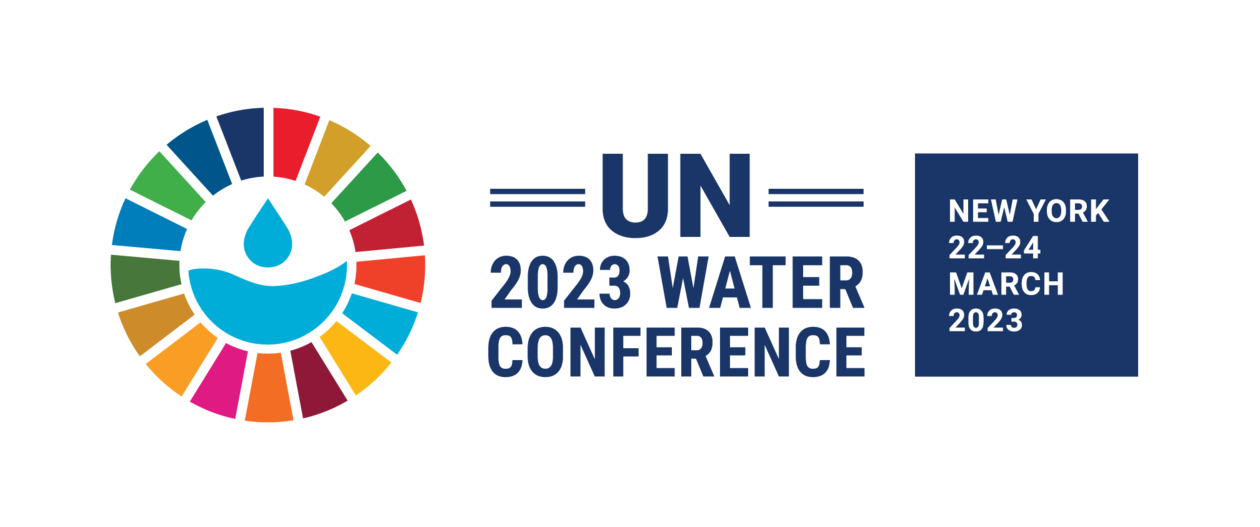UiB delegation participating in Big Earth Data side event
Professor Harsha Ratnaweera from the Norwegian University of Life Sciences participated in a side event on Big Earth Data at the UN 2023 Water Conference. He was a member of the University of Bergen delegation at the conference.
Main content
The University of Bergen delegation for the UN 2023 Water Conference received a request for speakers from the International Society for Digital Earth to participate in the side event “Big Earth Data: A Game Changer to Promote Implementation SDG6”. The request was taken up by Professor Harsha Ratnaweera from the Norwegian University of Life Sciences, who was part of the University of Bergen delegation at the conference.
He spoke as part of the side event panel and was asked to respond to this question:
Your team has used big data technology to monitor whole processes of water sources, transportation, utilization and treatment. Could you please introduce the types of these data and how they support your low-cost monitoring needs? Compared with traditional big data, big earth data pays more attention to the status and changes of data in time and space dimensions. From your perspective, What is the value of big earth data technology to your research and application work in the future? How will it be reflected?
Professor Ratnaweera's response to this:
RealTime surveillance of water quality is quite helpful for Early Warning Systems and Process control. However, it is not feasible to use physical sensors – due to their costs, maintenance needs and for some parameters, simply there are no physical sensors. Virtual and Hybrid sensors have an important role. We have used these concepts to monitor water quality in treatment facilities, in storm water pipes, sewers etc to quantify pollution.
Flash floods are another aspect which is becoming more significant with Climate change impacts. Here we may use meteorological data to predict the precipitations- thereafter water in sewers. When we can predict these conditions, it is possible to have actions to reduce overflows and better manage treatment processes.
Many countries use surface water for drinking water. And the colour caused by Natural Organic matter (NOM) has increased during the last 50 years. Coupling of Big Earth data with NOM changes can predict how fast the colour will be changed in the next decades- giving water treatment plant owners to choose their raw water sources and plan ahead.
Use of water quality measurements in a limited area or along a narrow path can be extended to a wider area by combining satellite data. Such data can be used in early warning systems in aquaculture farms and drinking water utilities.

